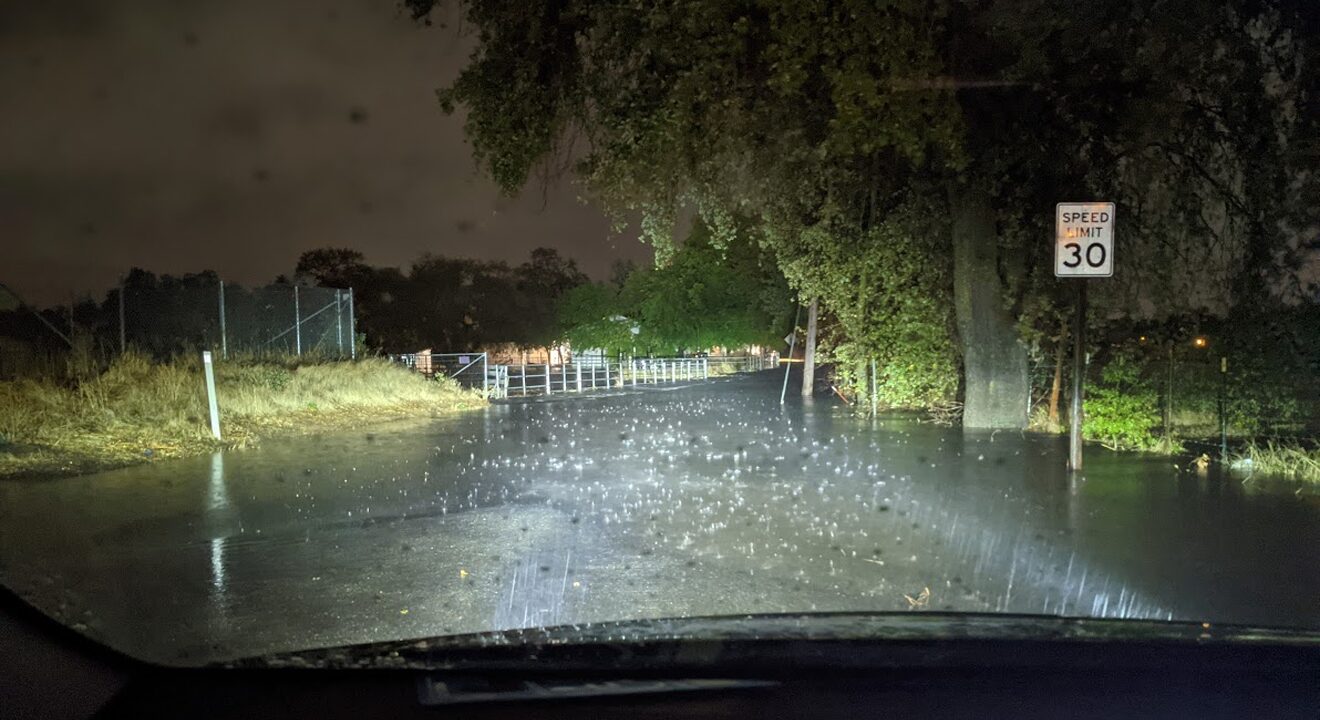 By Sacramento County Supervisor Sue Frost
By Sacramento County Supervisor Sue Frost
Since I was first elected to office 6 years ago, and continuing now as Supervisor, I have tried to be open minded and research all sides of every issue so I can make informed decisions and support policy that best meets the needs of our communities.
That is why last year I asked the Sheriff’s Department to allow me to personally experience some of the training our deputies undertake to help them handle potentially deadly situations. Watching news coverage of the tragic shooting of Stephon Clark has compelled me to share with you what I experienced and learned from that training – even though some of my advisors have recommended that I not touch this issue with a ten-foot pole.
When I arrived at the training facility, I was brought to a portable room where an instructor talked to me about how much “force” to use in given situations, such as how to disarm someone using words – or failing that, when to use force or draw a taser – and lastly, when to draw a firearm.
After the discussion, I was given a holster with simulated weapons that had recoil, and put in front of a huge projector screen that ran a series of simulations. The operator of the simulator was able to change the simulation based on what I was doing and saying, and the simulator itself could detect my gunshots and react accordingly. This combination made me feel like I was actually there, and I completely forgot that I wasn’t in actual danger.
In my first simulation, I was at the park responding to a call where I was told kids were playing with a gun. When I arrived, I saw two boys sitting in the park holding something dark. In a matter of seconds I recognized that the object they were holding was a gun, but before I knew it one of the boys was accidentally shot. I was stunned! When I saw two innocent-looking boys holding something dark my heart wanted to think it was a book. After the simulator turned off for debriefing, we talked about why I did not identify myself as law enforcement, draw my gun and shout at them to drop the weapon. I was informed that had I handled things differently, nobody would have been shot.
In my next simulation, I witnessed a woman being robbed at an ATM. Learning my lesson, I drew my gun and started yelling commands, and continued to yell commands as I saw the man draw a gun. Almost immediately, the man had shot the woman, dropped his gun, and started to run away. I fired my “gun,” shooting after him as the simulation again turned off for debriefing. We talked about why I should have shot the man earlier than I did, how chasing and shooting him as he ran away meant shooting him in the back when he had already surrendered his weapon, and how I could have accidentally shot an innocent bystander at a distance. My reaction added risk and liability to an already bad situation. I was asked how many bullets I thought I fired and was off by five. I was asked about what the man looked like, and was shocked that I could not recall anything about him other than he was a man.
As the morning went on, I had some simulations where I adequately solved the problem, and others that went just as bad as the first two. But the longer it went on, the more comfortable I was in the simulator and the better I was doing overall.
The experience opened my eyes to what our deputies have to be prepared to face while on patrol – and the training they receive on how to handle those situations. Before this experience, it was easy for me to watch a video of a police encounter and say how I would have done things differently. But after going through it, it has changed my perspective on all the police encounters I have watched – and has given me a greater appreciation for how hard it is for the officers.
I understand now how a person could recall firing only four bullets when he in fact fired ten. I understand how in a split second you can fear for your life and assume the worst. And I understand that since only a handful of officers will face those situations in their career, it must be extremely difficult to mentally prepare them for when they do happen.
With the benefit of hindsight and multiple camera angles, we can see how the shooting of Stephon Clark might have been avoided. This opens our eyes to the need for intense policy review and enhanced training – but not by shouting people down, breaking car windows or blocking roads and freeways. Providing our officers the best available training so they can be as prepared mentally and physically as possible should be a top priority.
The simulator I went through was a single projector screen. But other law enforcement agencies in California have a more realistic series of five screens that surround trainees, providing more options – and a more realistic, higher intensity level of training.
Moving forward, I will be working to secure funding to either purchase this equipment for the Sacramento County Sheriff’s Department (which could also be shared with other police departments that could benefit) or sending Deputies to train in a facility that already has such a system. We owe the benefits of such higher intensity training to the public – and to the officers who protect us every day.
Thank you for reading – and as always, if you want to contact me, call me at 916-874-5491 or e-mail me at SupervisorFrost@saccounty.net.
Sue Frost represents the 4th District, which includes all or part of the communities of Citrus Heights, Folsom, Orangevale, Antelope, Rio Linda, Elverta, Gold River, Rancho Murieta, North Highlands, Carmichael, Foothill Farms and Fair Oaks.
















